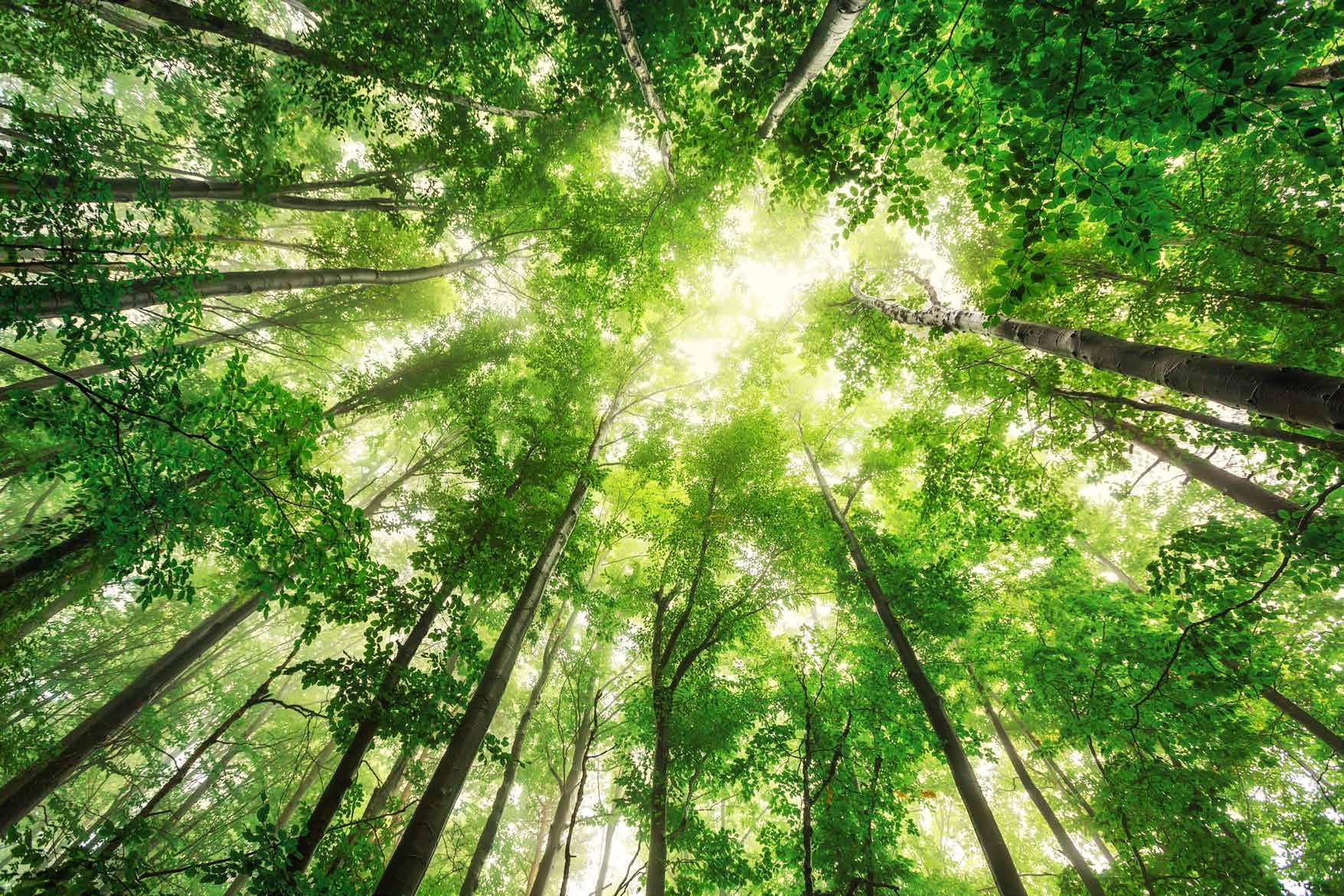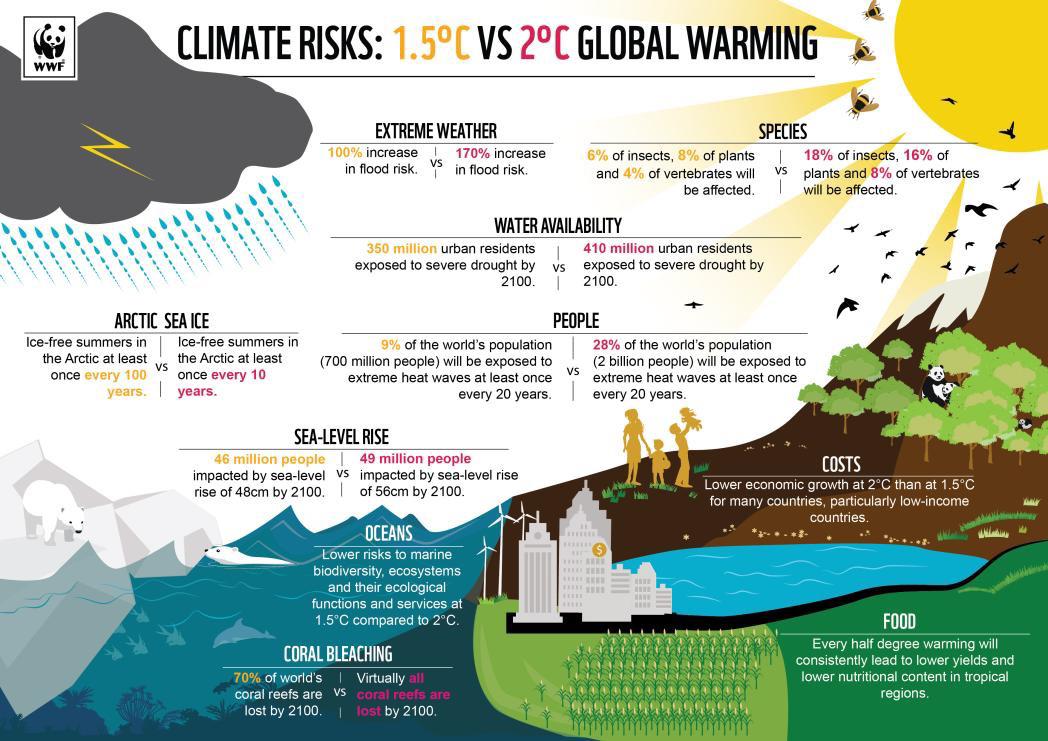
2 minute read
The importance of carbon to life
from In The Loop April 22
by Marketing
Carbon is the basis of all life on Earth; we are made of carbon; we consume
carbon and our economies. Our homes and our modes of transport are also built from carbon. Whether these life forms absorb carbon to help produce food or emit carbon as part of respiration, the absorption and release of carbon is a key part of all plant and animal life.
Advertisement
Man-made carbon dioxide is derived from burning coal, natural gas and oil to produce energy. Whereas biological carbon is in the air as CO2 and is used by plants/photosynthetic organisms to create organic matter, which is then eventually returned to the atmosphere as CO2.
Carbon has many benefits to our planet:
• It helps to regulate the Earth’s temperature • It makes all living life possible • It is a key element in the food that sustains us • It provides a key source of the energy that fuels our economy
However, the substantial build- up of carbon and other greenhouse gases in the atmosphere is trapping heat and contributing to climate change.
Human activity is producing too much CO2 in our atmosphere which is having a devastating impact on our planet. As a result, the carbon cycle is becoming overloaded. The UK government has set a target of net zero carbon by 2050.
What exactly is 1 tonne of CO2?
• The average emissions of one passenger on a return flight from Paris to New York • Driving 3,728 miles in a diesel car • 121,643 smartphones charged
The amount of CO2 a tree will o set depends on many factors, such as the type of tree, where it is planted and the amount of room it has to grow. On average, one broad leaf tree will absorb in the region of 1 tonne of carbon dioxide during its full life-time (approximately 100 years).
The UK’s nearly 3 million hectares of peatland store three times as much carbon as forests.
Whales accumulate carbon in their bodies during their long lives. When they die, they sink to the bottom of the ocean; each great whale sequesters 33 tonnes of CO2 on average.
Seagrass captures carbon up to 35 times faster than tropical rainforests and, even though it only covers 0.2% of the seafloor, it absorbs 10% of the ocean’s carbon each year, making it an incredible tool in the fight against climate change.












